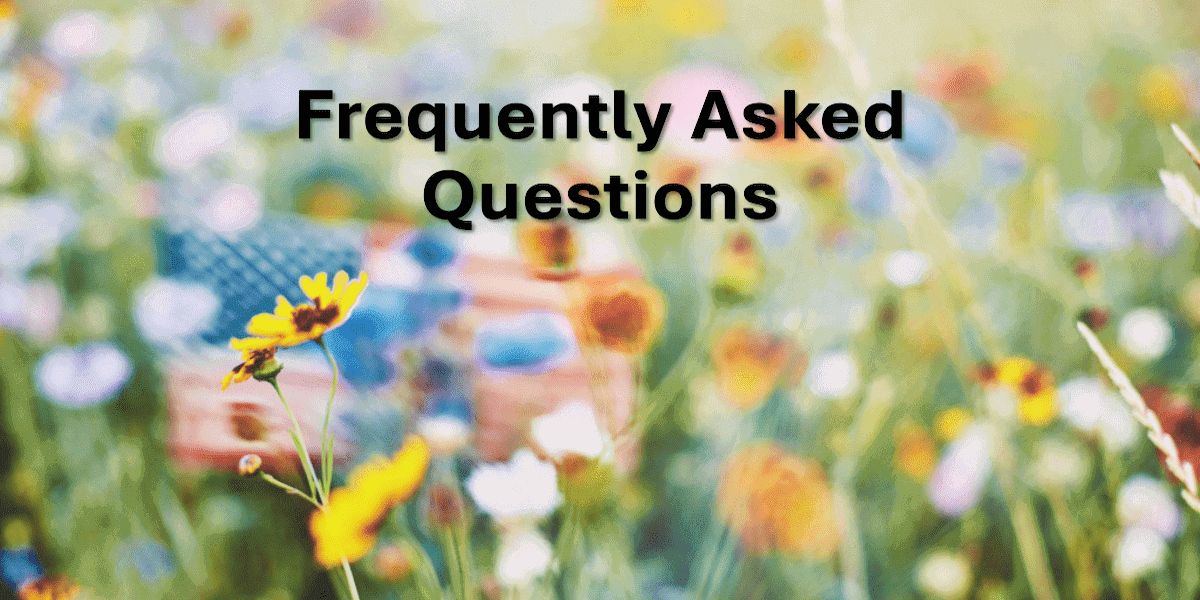+447709283333 | info@damavandpro.com

FAQ Wildflower
Frequently Asked Questions
Below are some answers and questions which we often deal with. If you have a question that is not covered here, please contact us.
WHAT IS A WILDFLOWER MEADOW?
Meadows were what ecologists refer to as “unimproved grassland.” They were not chemically treated and, unlike pasture, were harvested for hay in the middle of summer. They were then generally grazed. This regime supported the growth of a variety of perennial wildflowers, which increase the nutritional content of the meadow and hay. There is some misconception nowadays between this type of thing – which is what this page is about – and “pictorial meadows,” which are natural and non-native flowers without grasses.
WHEN SHOULD I SOW MY WILDFLOWER MEADOW SEED?
You can be quite adaptable as long as the soil is warm and the circumstances are wet. People used to say April/May and September/October, but with the weather as hot as it is, this appears to be changing. However, do not sow in late fall on thick soils since the seed may decay. I prefer to seed in the late summer/early fall since the weather is more consistent, and some species, such as Yellow Rattle, require chilly temperatures to sprout. After all, this is more in line with what nature intended.
ISN’T IT DIFFICULT TO MAKE A WILDFLOWER MEADOW AREA?
Yes, if your soil is fertile and your location is shaded. No, otherwise. Honestly. As long as you follow the instructions, it’s really simple.
CAN YOU SOW WILDFLOWER SEED ONTO GRASS?
Of course, you can, but it’s usually a waste of time and money. Is there any wiggle room? Yes, as always, but careful planning and a low fertility location are required. Take a look at this blog, which we hope will be of assistance.
WHEN WILL THE WILDFLOWERS FLOWER?
Cornfield annuals like poppies will blossom in a matter of months after being planted in the spring. It will take considerably longer for perennial meadow species. Some seeds will not germinate during the first year! Those who wait will be rewarded.
DO WILDFLOWERS COME BACK EVERY YEAR?
Yes they do:)
WHAT ARE WILDFLOWER SEEDS?
Wildflower seeds are seeds of flowering plants that are native or naturalized to a specific region and are known to grow wild without human intervention. These seeds can be used to create wildflower gardens that mimic the beauty and diversity of natural wildflower meadows.
WHY SHOULD I CHOOSE WILDFLOWER SEEDS FOR MY GARDEN?
Wildflower seeds are a great choice for your garden because they offer several benefits. They are usually low-maintenance, require less water, and are adapted to local climates, making them more likely to thrive in your specific region. Wildflowers also provide important habitats for pollinators such as bees, butterflies, and other beneficial insects, promoting biodiversity and supporting ecosystem health.
When is the best time to plant wildflower seeds?
The best time to plant wildflower seeds depends on your specific region and climate. In general, wildflower seeds are best sown in the fall or early spring, when soil temperatures are cooler and moisture levels are higher. This allows the seeds to establish root systems before the hot summer weather arrives.
What types of wildflowers can I grow from seeds?
There are numerous wildflower species that can be grown from seeds, and the availability may vary depending on your location. Some common examples of wildflowers that can be grown from seeds include Black-eyed Susan, Coneflower, California Poppy, Lupine, Indian Blanket, and Daisy. It’s important to choose native or regionally adapted wildflower species for best results in your specific area.
How do I plant wildflower seeds?
Planting wildflower seeds is generally easy. Here’s a step-by-step guide:
- Choose a suitable location: Wildflowers typically prefer sunny areas with well-drained soil.
- Prepare the soil: Remove any weeds, rocks, or debris from the planting area, and loosen the soil.
- Scatter the seeds: Mix the wildflower seeds with sand or another inert material to help distribute them evenly, then scatter the seed mixture over the prepared soil.
- Water the seeds: Water the seeds thoroughly after planting, and keep the soil consistently moist until the seeds germinate.
- Maintain the wildflower garden: Once the wildflowers start growing, you may need to thin them out to allow for proper spacing and airflow. Regular watering and occasional weeding may also be necessary to help the wildflowers thrive.
